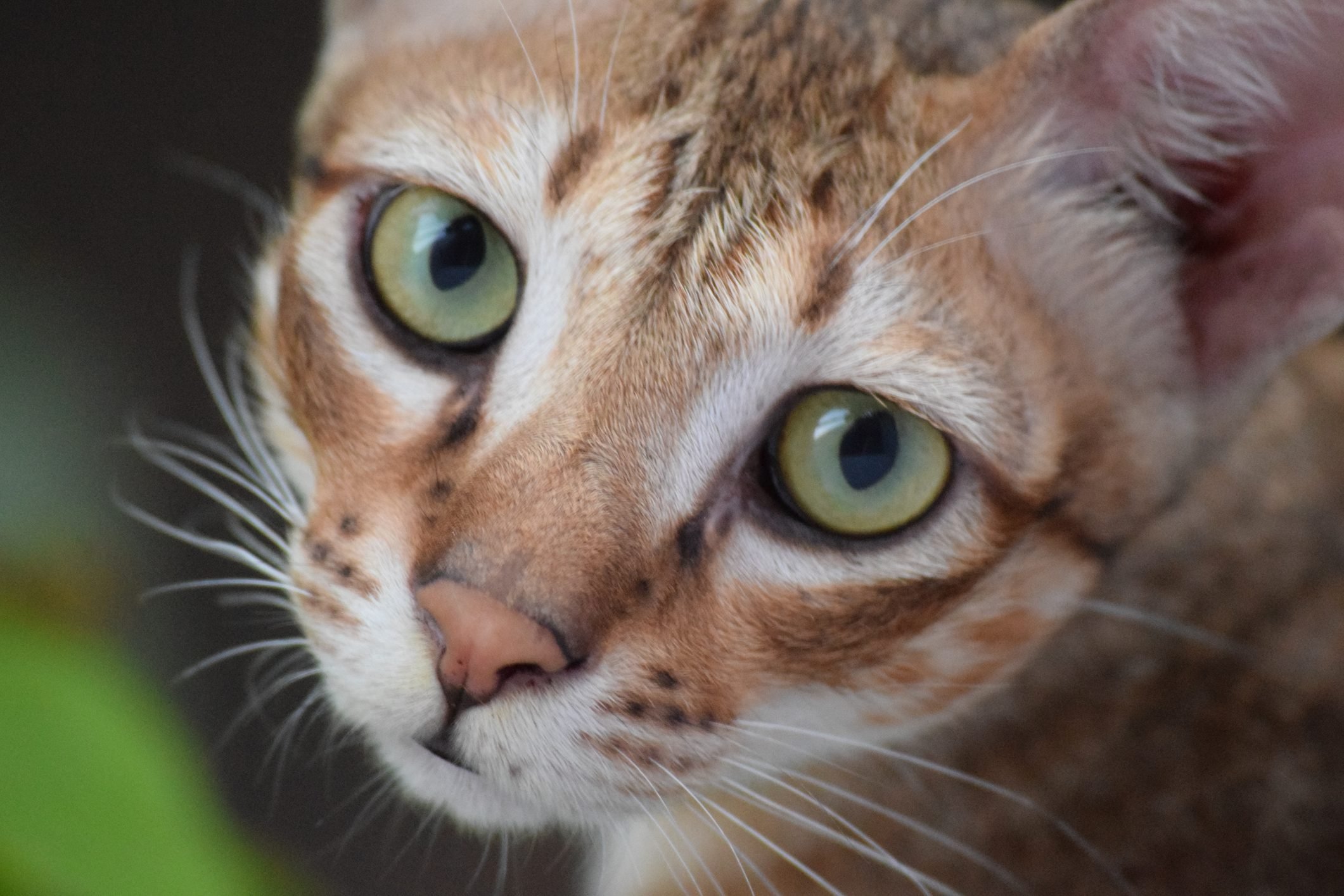
Time for a vet visit?
Ideally, you want your feline friend to be healthy and happy its whole life. But one of the realities of being responsible for a living being is that they get sick, or even just need health check-ins. But, of course, cats can’t talk, so you’ll have to look for other indicators. “If your cat could be sick, you may be able to see physical or behavioral indications that it’s time for a visit to the vet,” says Daniel Rotman, Founder and CEO of PrettyLitter. Keep an eye out for these telltale signs that your pet may not be 100 percent. You should also know these subtle signs your “healthy” cat is actually sick.

Hairballs
A common, and potentially dangerous, misconception about cats is that coughing up hairballs is just something they do. Yes, they groom themselves and will sometimes cough up hair. But if you’re noticing it regularly, it can be cause for alarm. “Either the cat is consuming too much hair (eg. overgrooming due to an allergy) or there is a gastrointestinal problem and the digestion and motility of hair through the intestinal tract is being compromised (eg. inflammatory bowel disease),” says Dr. Geoff DeWire, Vet-in-Chief at PrettyLitter. And even if it’s not a result of illness, there’s likely still a reason behind it that you should chat with your vet to sort out. For instance, “it may be time for a change of diet or other factors in your cat’s environment,” Rotman says. Speaking of diet, these are the best dry cat food brands vets swear by.
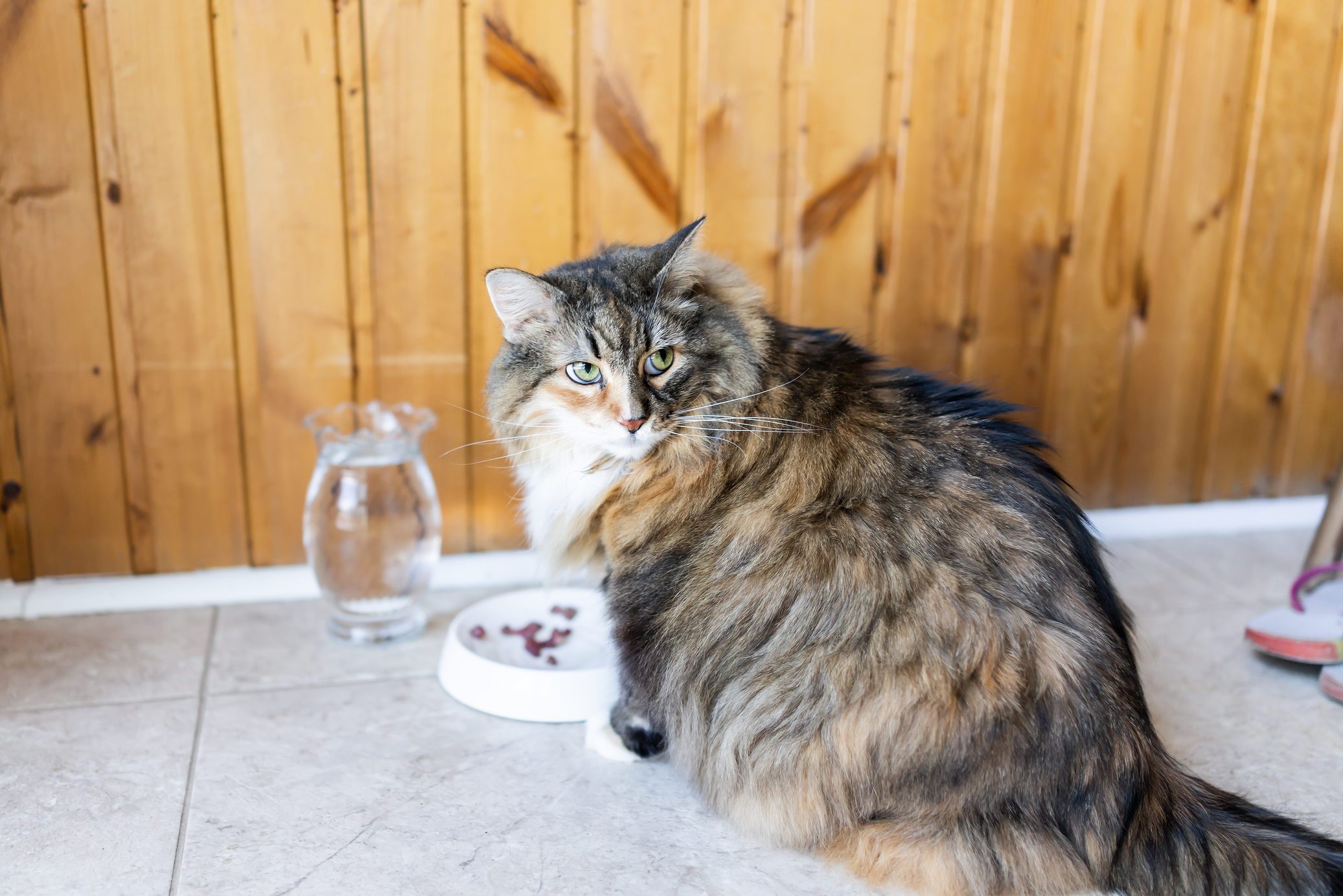
Appetite changes
Keep an eye on how much your kitty eats. Obviously, if his appetite suddenly seems to dwindle to nothing and he’s not eating, that’s an issue. But Rotman also warns that any changes in appetite can be a red flag. Which leads us to…
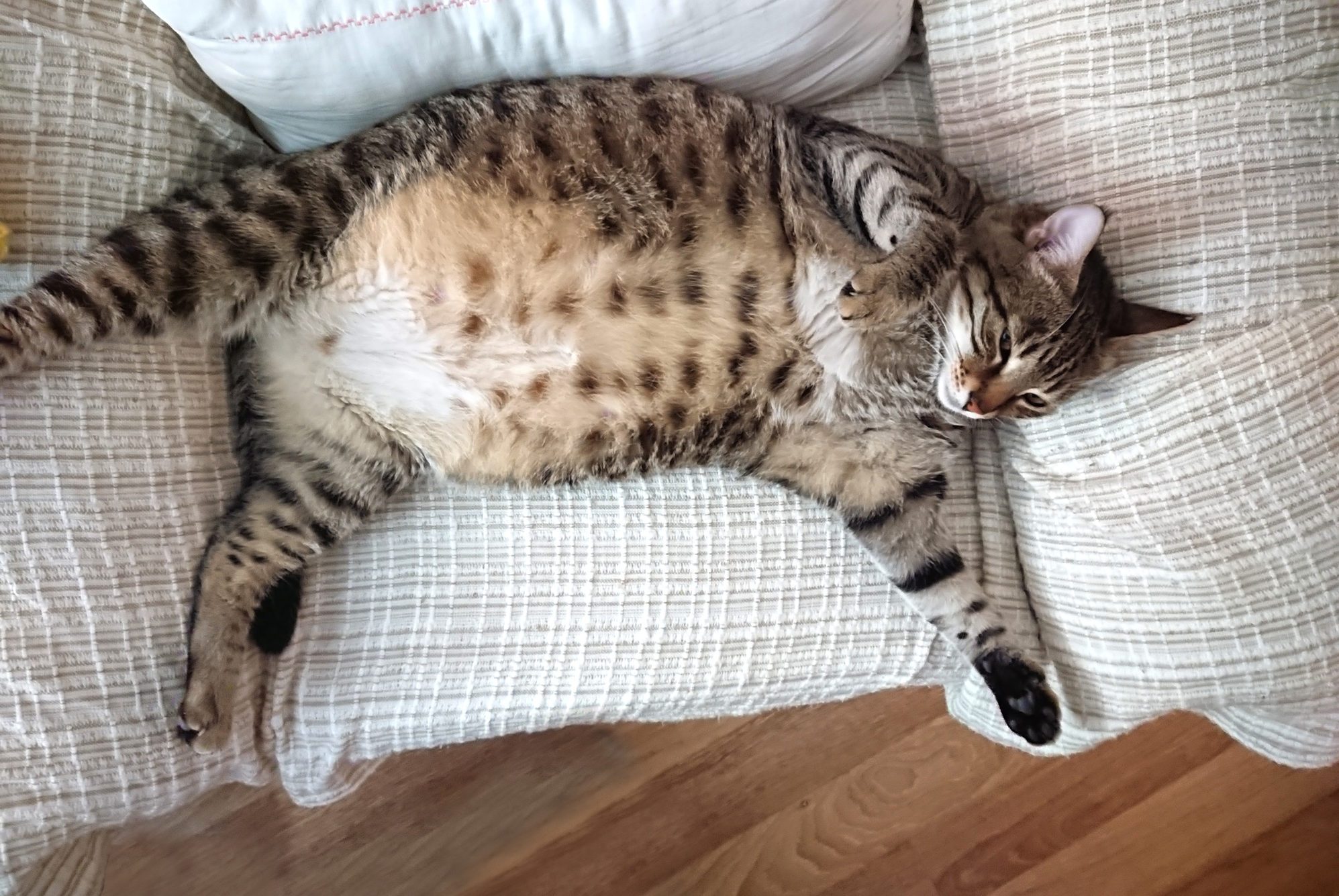
Weight loss or gain
You should make sure your cat’s weight doesn’t fluctuate too much—up or down. “Sudden or sustained weight gain or weight loss can indicate an issue,” Rotman says. To determine exactly what that issue is, it’s probably worth a trip to the vet. And Rotman adds that even for older cats, significant weight gain is not normal: “Cats do not ‘naturally’ lose weight as they get older.” In addition to making sure your cat, even an aging cat, isn’t losing lots of weight, be on the lookout for these signs your pet could be overweight.
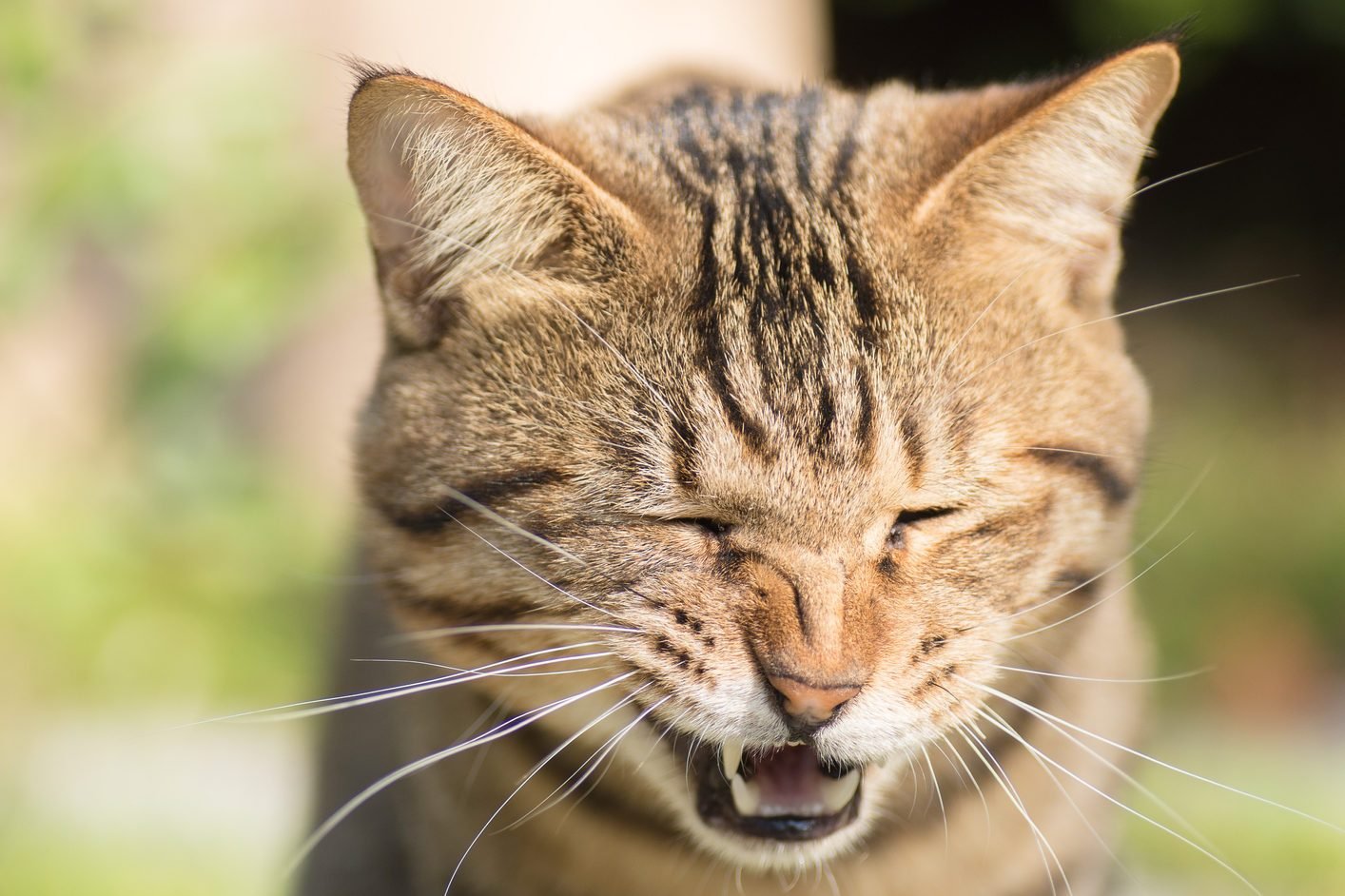
Coughing
Just as a persistent cough can be a sign that something is wrong in humans, it can be a sign that your cat is ill, too. Specifically, “coughing could indicate airway disease, like asthma,” Rotman warns. He says that it’ll likely “appear like your cat is going to vomit, but nothing is produced.” If this is happening to your poor kitty, you should give your vet a call. Find out if cats can contract the coronavirus, too.
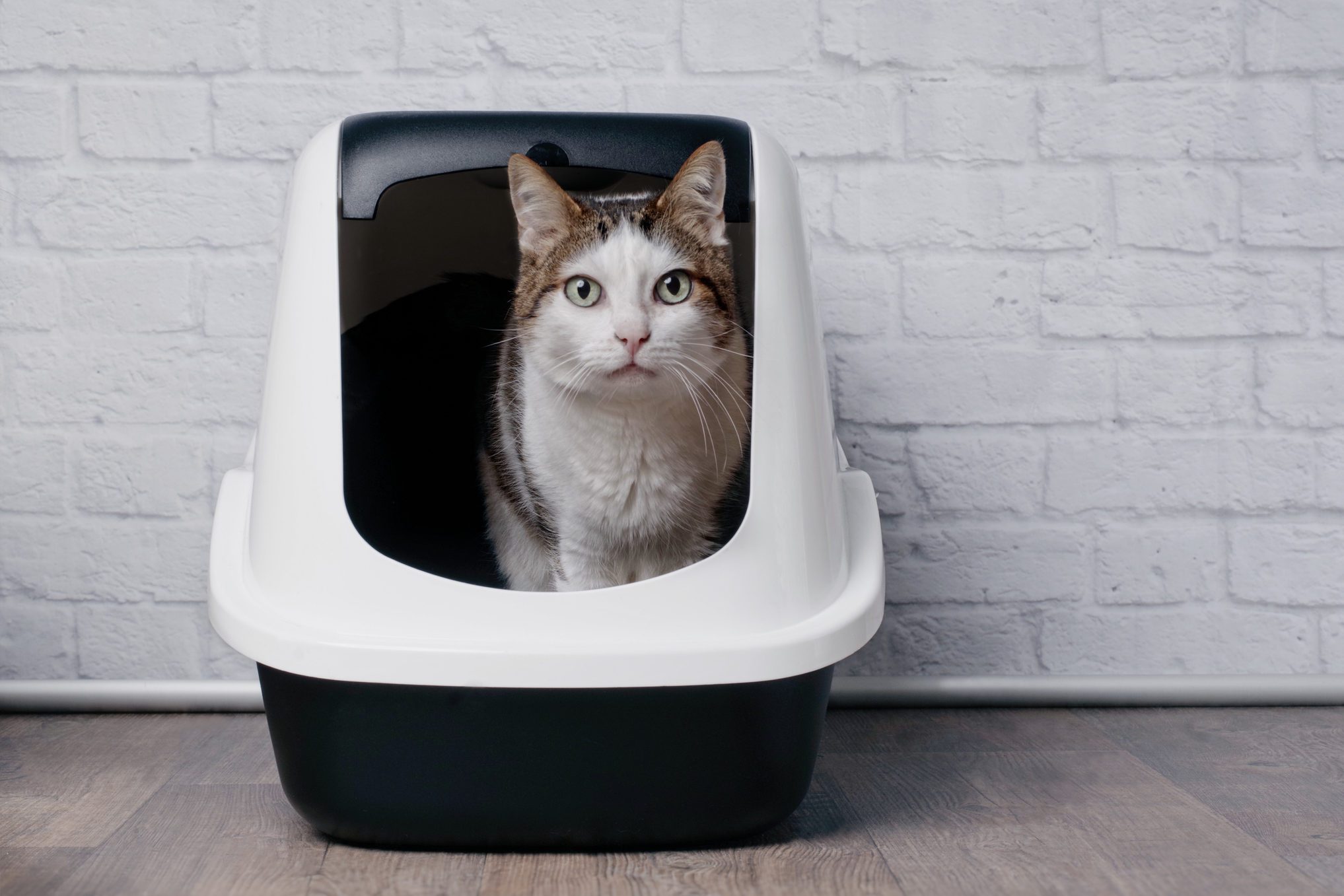
Bathroom issues
Another obvious, unpleasant sign that all is not right with your feline? If she’s suddenly having issues or irregularities doing her business. “Behavior like urinating outside of the litter box could indicate a lower urinary tract infection or bladder crystals,” Rotman says. And if you’re cleaning the litter box and see that she doesn’t seem to be…producing much, as it were, that’s another warning sign that something’s wrong. On a more positive note, here are 12 telltale signs your cat is happy.
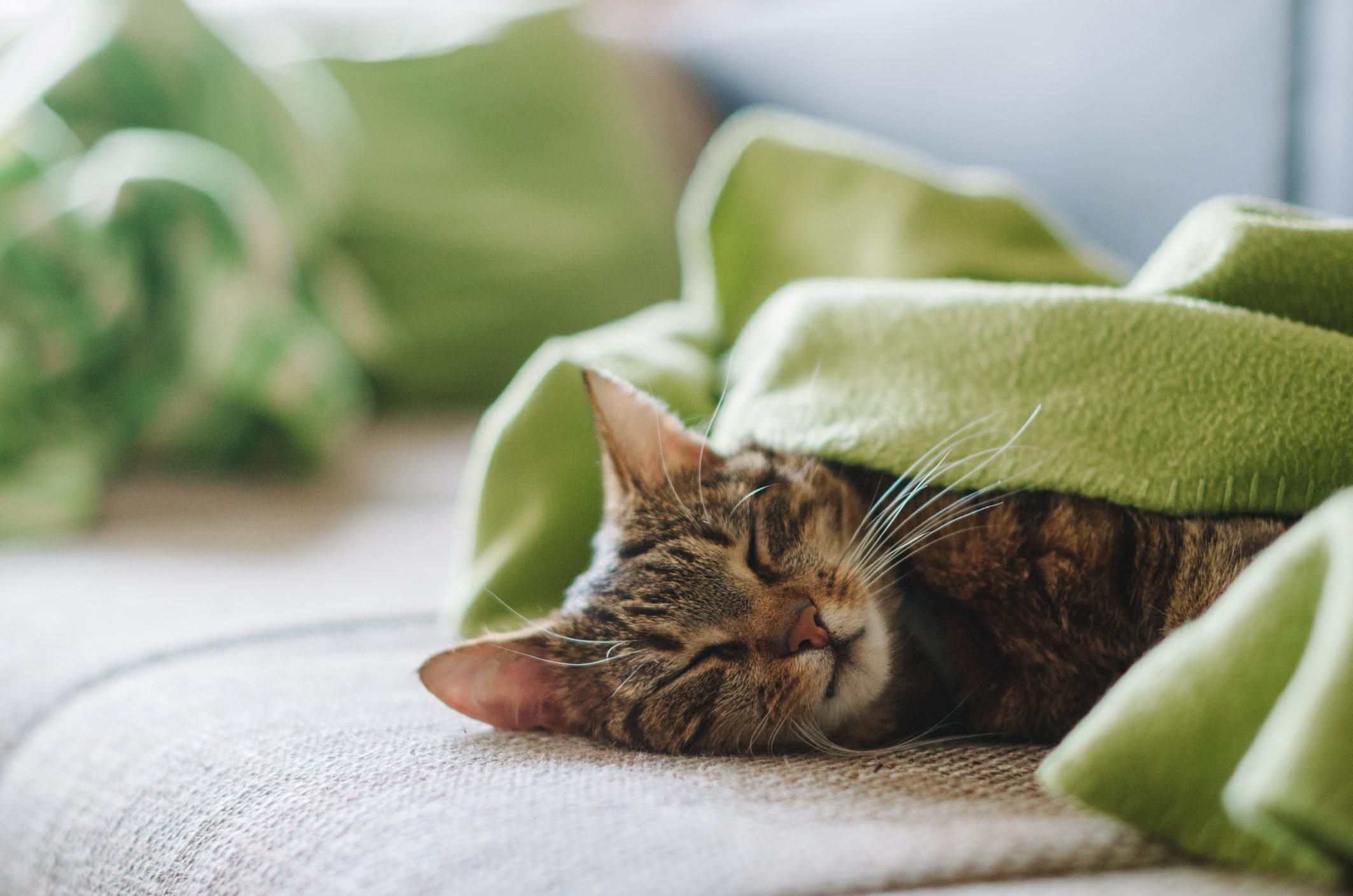
Aches and pains
A common problem in cats, especially as they get older, is orthopedic pain. “A 2009 study evaluated 100 domestic cats over six years old and involved taking x-rays of all of the major joints (eg. shoulders, knees, elbows, etc…). Sixty-one percent of cats had significant osteoarthritis in one of their major joints,” Dr. DeWire says. Unfortunately, prevalent as it is, it’s something that can be tricky to spot. “As your cat ages, chances are high that they are coping with orthopedic pain and likely hiding it from you,” he explains. If you see obvious signs your cat is in pain, this arthritis might be to blame. But even if you don’t, it’s something you should bring up during regular vet checkups. “Ask your veterinarian for joint supplement recommendations to help support your cat’s orthopedic health as it ages,” Dr. DeWire specifies. He also adds that if your cat is overweight, that puts him at greater risk of such issues: “Work with your veterinarian to get your cat’s weight into an optimal range.”
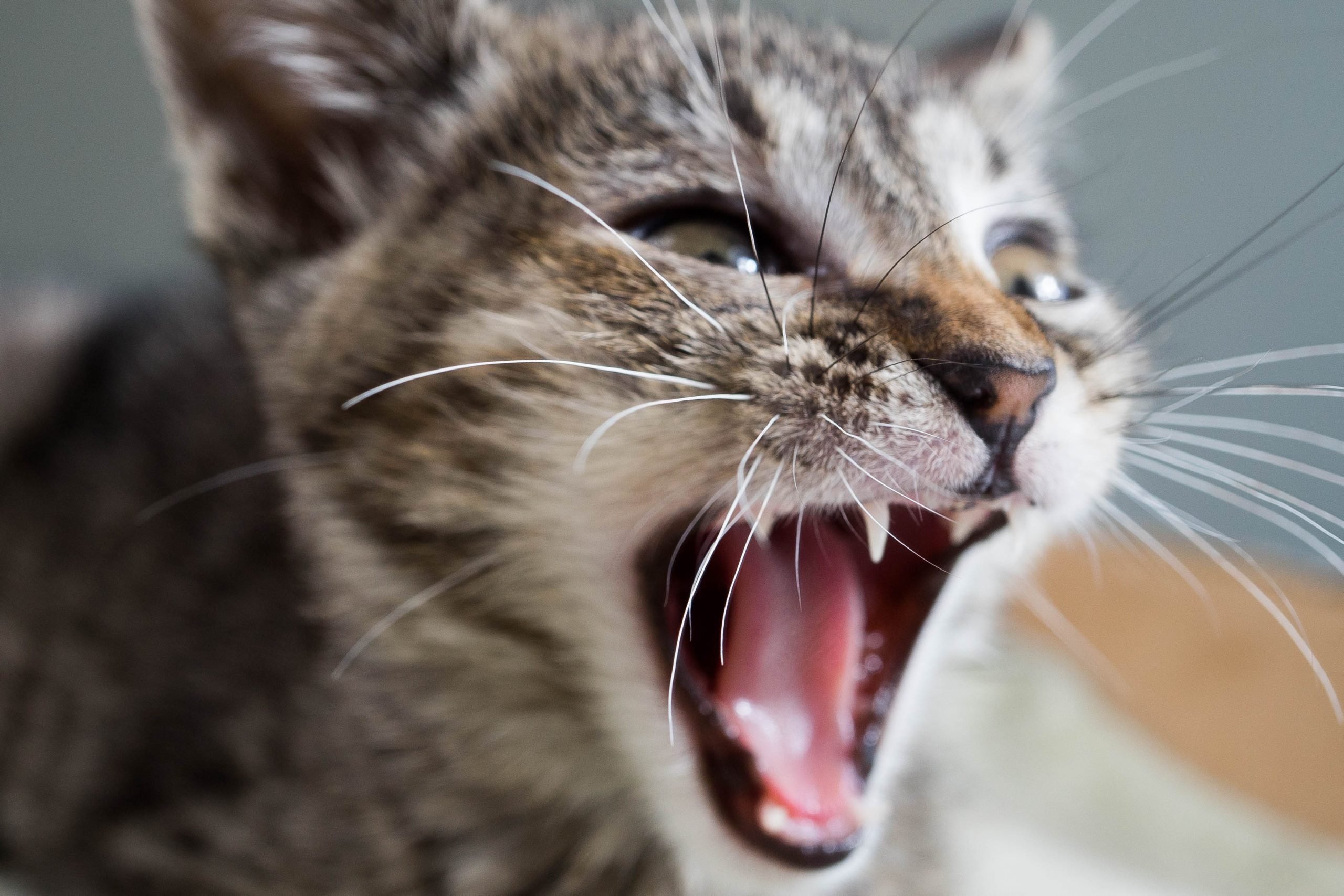
Behavioral changes
Yes, that’s vague. But don’t forget that you know your cat better than anyone. And if you start to notice changes in her behavior, from major to seemingly minor, you should take note. Per Rotman, this could include “grooming habits, activity levels, general sociability”—anything that stands out to you as out of the ordinary for your precious kitty’s day-to-day. While you may not need to ring the vet for every little thing, he says, “significant changes that cause you concern should always be brought to your vet’s attention.” Check out these ways to decode your cat’s behavior, too.

Physical symptoms
Though due to cats’ nature, signs of an illness can be hard to spot in these fickle felines, there are some symptoms that will be undeniable. These will be a bit more obvious—and icky. “Depending on the illness, you may notice your cat shedding excessively, producing discharge from the eyes or nose, [or] vomiting,” Rotman says. It should go without saying that if your cat is exhibiting these pretty overt symptoms, a vet visit—or at the very least, phone call—is in order. Here are more cat health symptoms you should never ignore.
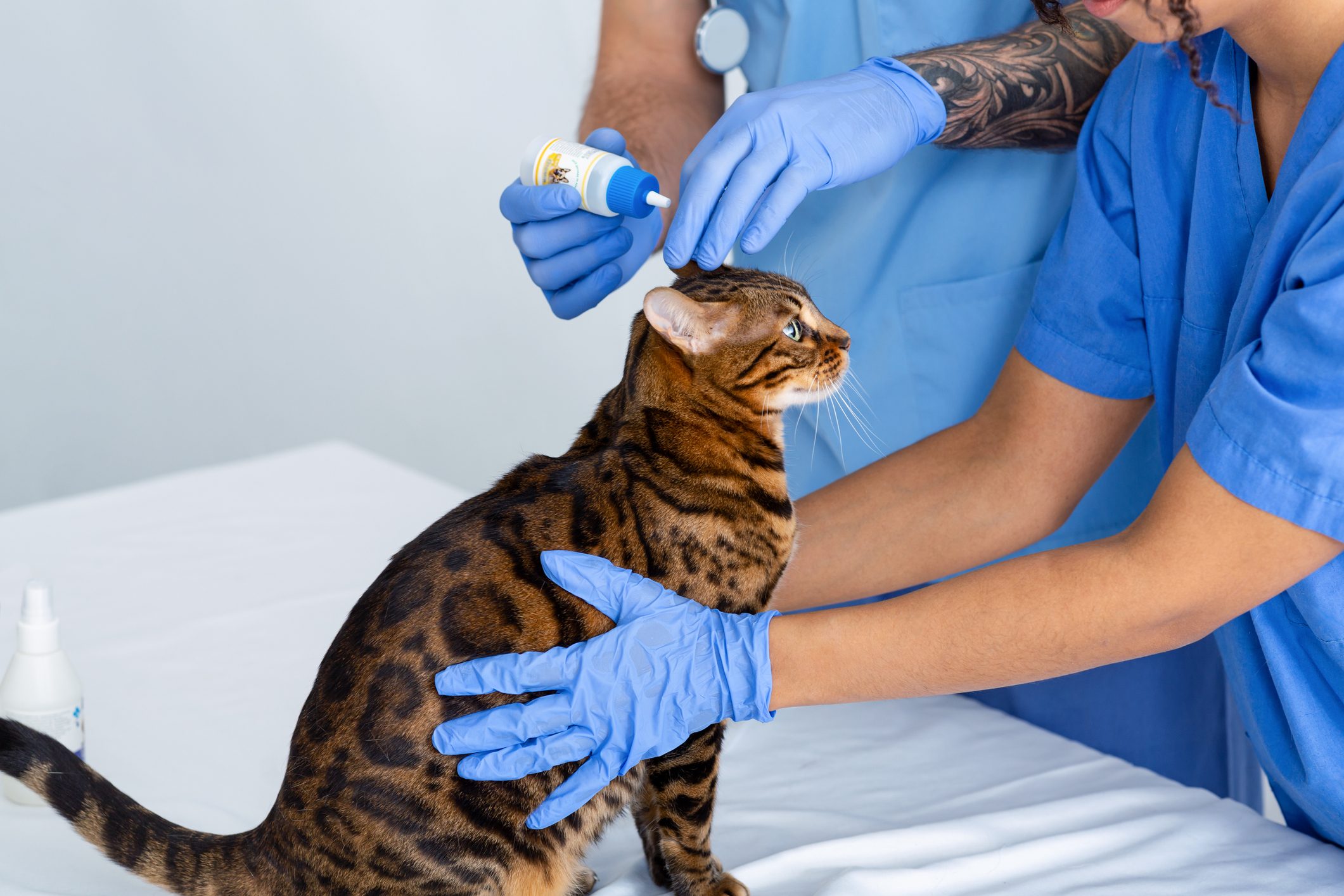
Should a vet visit always be your first response?
You might be wondering if it’s really necessary to leap to the worst conclusion and contact your vet stat if you see any quirks and issues with your cat. Sure, it’s better safe than sorry, but should it always be your first response? Rotman says to use your judgment. “Some signs or symptoms may not require an immediate in-person vet visit. If the situation seems to be less serious, such as slow weight gain or mild short-term changes in behavior, monitor your cat carefully to see if the change persists.” And, of course, you can always save yourself some time and worry by just calling your vet, rather than immediately taking Kitty for an in-person visit. Next, learn more things your veterinarian won’t tell you.
Sources:
- Daniel Rotman, Founder and CEO of PrettyLitter
- Geoff DeWire, Vet-in-Chief at PrettyLitter
- Slingerland, LI, and HA Hazewinkel. “Cross-Sectional Study of the Prevalence and Clinical Features of Osteoarthritis in 100 Cats.” Veterinary Journal , March 2011, 304–9
